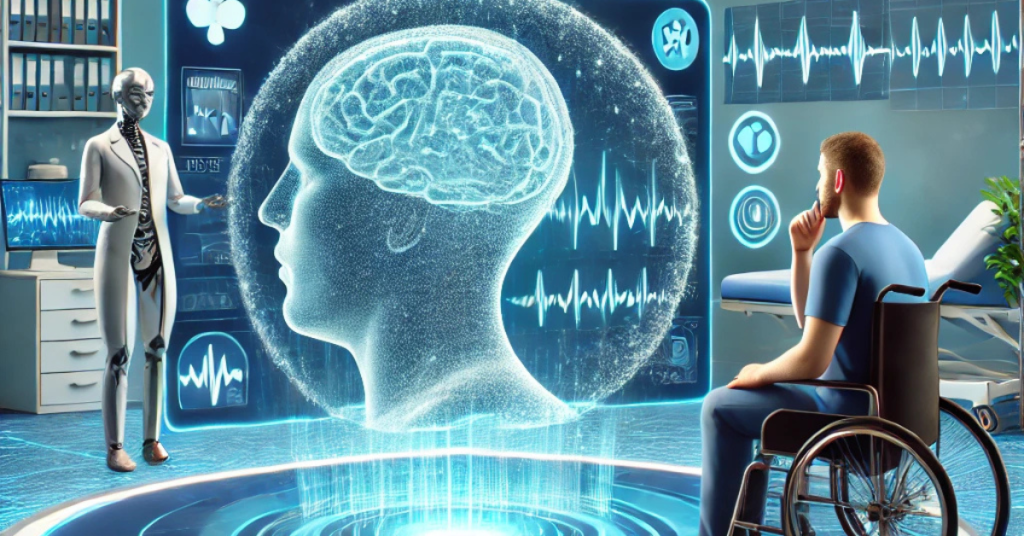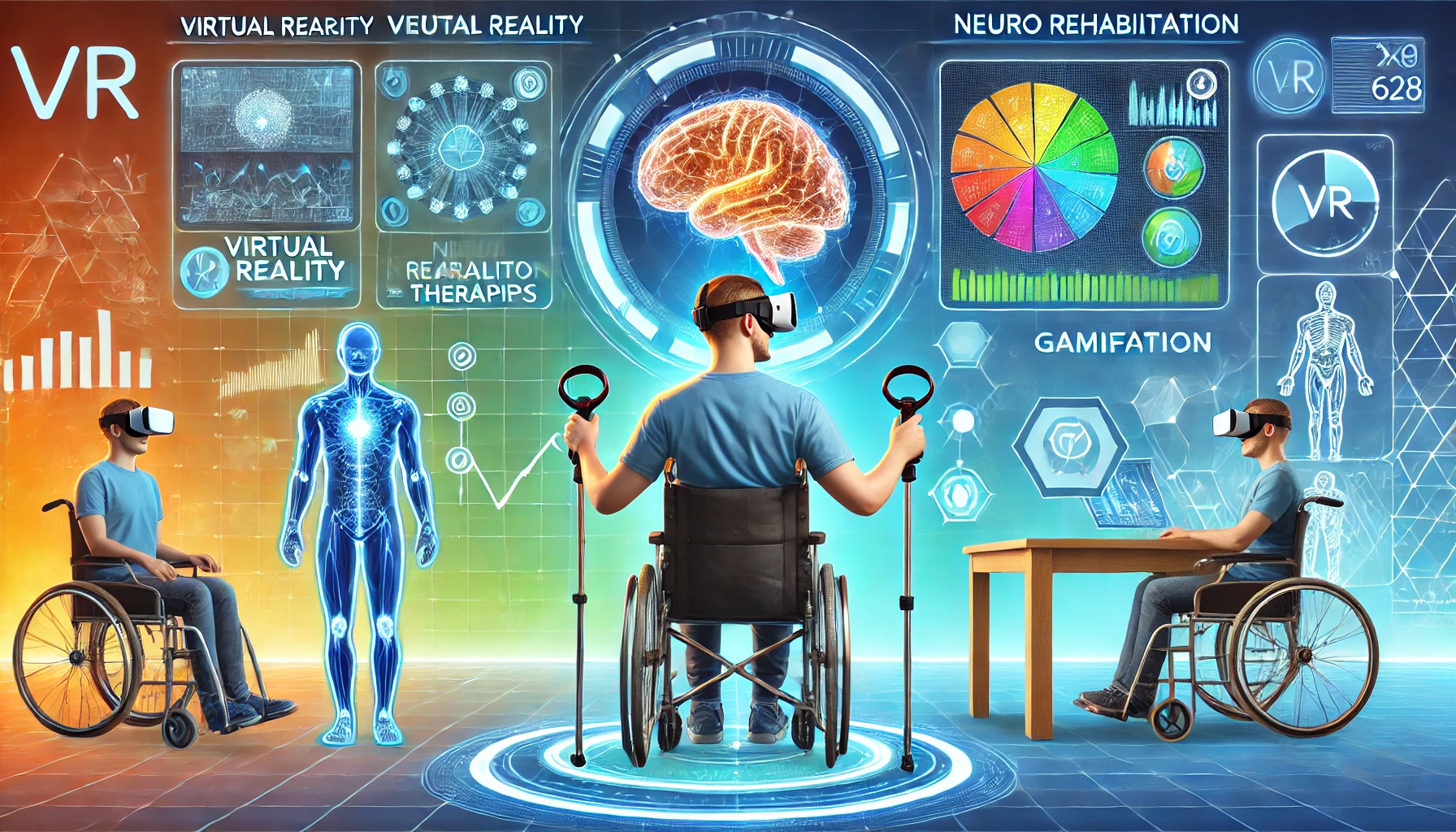Telerehabilitation for Neurological Conditions – The Future of Neuro PT
- byDr. Aiswarya Biju, BPT, MIAP
- Sunday 26, 2025

Introduction
The field of neurological physical therapy is evolving rapidly, and one of the most exciting developments is the rise of telerehabilitation. For patients recovering from stroke, Parkinson’s disease, multiple sclerosis, or spinal cord injuries, accessing consistent and effective therapy can be challenging. Telerehabilitation is breaking down barriers, offering remote therapy sessions that are both convenient and effective.

What is Telerehabilitation?
Telerehabilitation uses digital platforms to deliver physical therapy services remotely. Through video calls, mobile apps, and wearable devices, patients can receive guided exercises, progress monitoring, and real-time feedback from their therapists—all from the comfort of their homes.
Benefits of Telerehabilitation for Neuro Patients
- Accessibility: Patients in rural or underserved areas can access specialized care without traveling long distances.
- Consistency: Regular sessions are easier to maintain, which is critical for neuroplasticity and recovery.
- Personalization: Wearable devices track movement, heart rate, and other metrics, allowing therapists to tailor programs to individual needs.
- Cost-Effectiveness: Reduced travel and facility costs make therapy more affordable for patients.
How It Works
- Initial Assessment: Therapists conduct virtual evaluations to assess the patient’s condition and set goals.
- Guided Exercises: Patients follow customized exercise routines via video calls or pre-recorded videos.
- Progress Tracking: Wearable devices and apps provide data on patient progress, which therapists use to adjust the program.
- Feedback and Support: Regular check-ins ensure patients stay motivated and address any concerns.
Real-World Applications
- Stroke Recovery: High-intensity gait training and upper limb exercises can be performed at home with remote guidance.
- Parkinson’s Disease: Balance and coordination exercises are delivered through gamified apps to keep patients engaged.
- Multiple Sclerosis: Fatigue management and strength training programs are tailored to the patient’s energy levels.
The Future of Telerehabilitation
As technology advances, telerehabilitation will become even more immersive. Virtual reality (VR) and augmented reality (AR) are already being integrated into neuro PT, offering interactive and engaging therapy experiences. Additionally, AI-powered platforms will enable more precise progress tracking and personalized care plans.
Conclusion
Telerehabilitation is revolutionizing neurological physical therapy, making it more accessible, personalized, and effective. For patients and therapists alike, this innovative approach is paving the way for better outcomes and a brighter future in neuro rehab.
- Aquatic Therapy – A Low-Impact Solution for Pain Relief and Rehabilitationby Dr. Aiswarya Biju, BPT, MIAP
- Cardiac Telerehabilitation – Revolutionizing Heart Health Recoveryby Dr. Aiswarya Biju, BPT, MIAP
- Blood Flow Restriction (BFR) Training – A Breakthrough in Orthopedic Rehabilitationby Dr. Aiswarya Biju, BPT, MIAP
- Precision Rehabilitation in Orthopedic Physical Therapy – The Future of Personalized Recoveryby Dr. Aiswarya Biju, BPT, MIAP
- Virtual Reality (VR) and Gamification in Neuro Rehabilitation – A Game-Changer for Recoveryby Dr. Aiswarya Biju, BPT, MIAP








